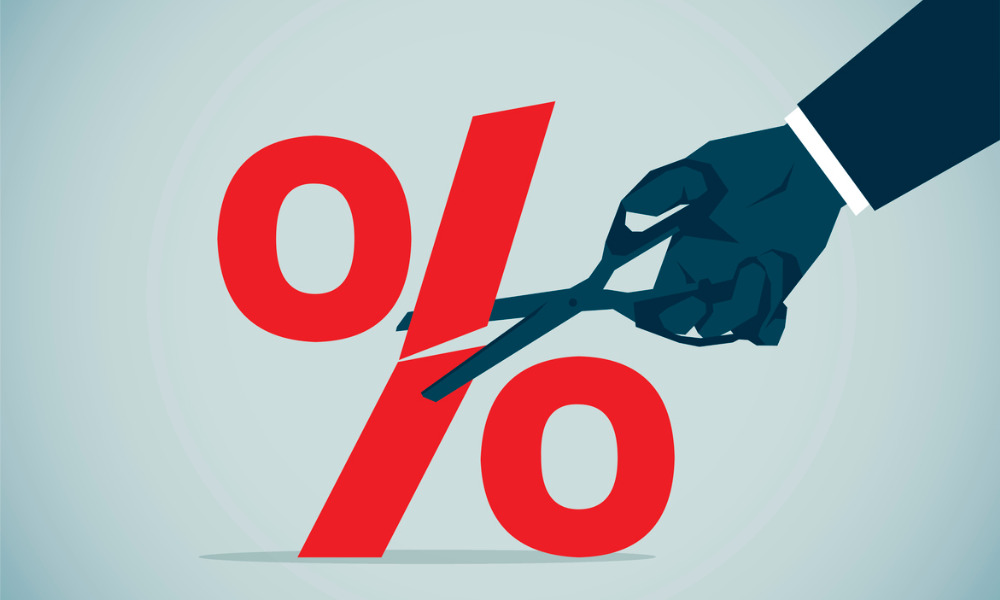Experts are anticipating the BoC benchmark interest rate to retreat to 4% by the end of next year

Canadian market players are anticipating that the central bank will begin cutting its benchmark policy rate in April 2024, according to a new survey by the Bank of Canada.
The much-expected retreat from the rate’s 22-year high of 5% will start a month later than previous consensus forecasts, the BoC said.
The median projection of the poll of 27 financial market players pegged interest rates declining to 4% in Q4 2024.
The median inflation projection pegged a drop to 2.2% by the end of 2024, coupled with a 1.2% annual increase in the gross domestic product.
In its recently released preliminary estimate, Statistics Canada predicted a likely 0.1% GDP decline during the third quarter.
The national statistics agency noted that this trend was a clear sign of the continuing impact of rising interest rates and elevated inflation.
According to BMO chief economist Doug Porter, the recent pause in interest rate hikes by the Bank of Canada is unlikely to spur another housing market upswing before the end of the year. https://t.co/6F2hddiHWD#MortgageIndustry #HousingMarket #RateHike #InterestRates
— Canadian Mortgage Professional Magazine (@CMPmagazine) November 3, 2023
Where will the BoC rate settle post-cuts?
David Macdonald, senior economist at the Canadian Centre for Policy Alternatives, said that after a series of cuts, the BoC will likely keep its benchmark rate in the 2%-3% range to help rein in the country’s inflation levels.
At the same time, Macdonald stressed that “we’ve still got a long way to go at these much higher interest rates and much higher inflation.”
TD chief economist Beata Caranci added that rates will almost certainly not go down as fast as the central bank’s rate-hike campaign.
“One of the points I've been stressing with our clients is, the speed at which rates went up will not be the speed at which they go down,” Caranci said in a recent interview with BNN Bloomberg.
“If you look at our forecast, if you look at the consensus on the street ... most people have some cuts coming in by the second half of next year. But that’s presumed that the economy is weaker than it is today.”



